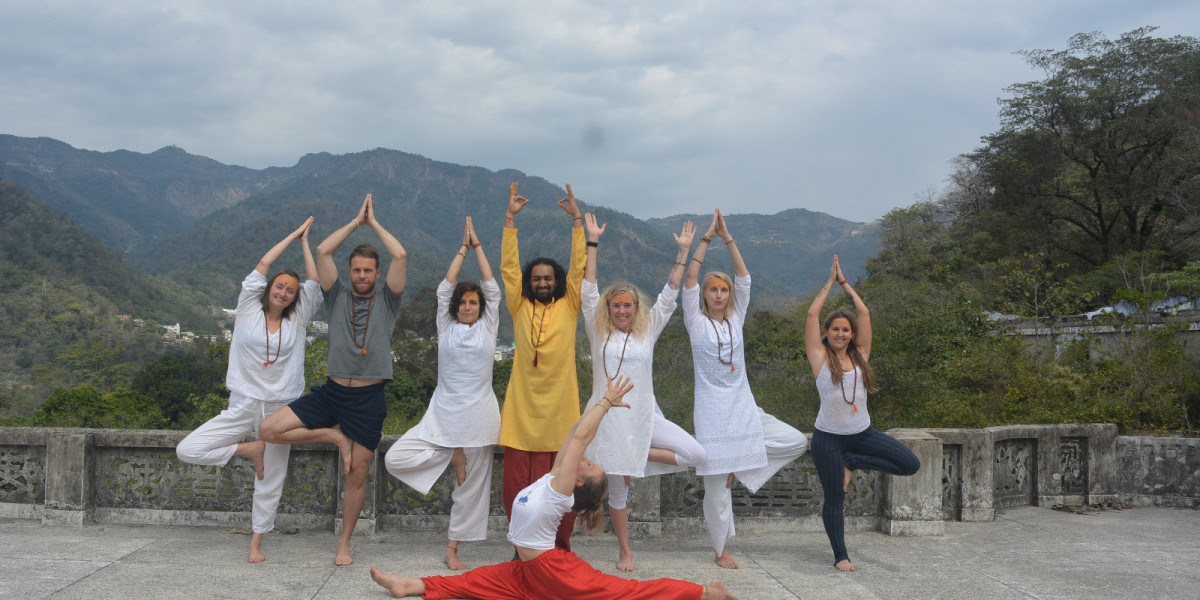In a culture obsessed with fast results, high intensity, and constant motion, it's easy to overlook the power of slowing down. But what if stillness was the key to unlocking greater physical flexibility, mental clarity, and emotional peace? That’s exactly what Yin Yoga invites us to discover. While it may appear gentle and passive on the surface, the yin yoga effects on the body, mind, and spirit run incredibly deep.
Whether you're new to yoga or a seasoned practitioner looking to add balance to your routine, understanding how Yin Yoga works—and why it's so effective—can change the way you view wellness, recovery, and self-care.
What Is Yin Yoga?
Yin Yoga is a slow, meditative style of yoga that involves holding floor-based poses for extended periods—typically 3 to 5 minutes or more. The aim is to target the body’s deep connective tissues like fascia, ligaments, and joints, rather than just working the muscles. It’s less about movement and more about surrender.
Rooted in both traditional yoga philosophy and aspects of Traditional Chinese Medicine (TCM), Yin Yoga is known for promoting energetic balance through the meridian lines—similar to acupuncture, but without the needles.
The Most Notable Yin Yoga Effects
So what actually happens when you commit to regular Yin Yoga practice? Let’s explore the most powerful yin yoga effects across physical, mental, and emotional levels.
1. Improved Flexibility and Joint Health
One of the most immediate yin yoga effects is enhanced flexibility. Because poses are held for several minutes, the body’s connective tissues have time to gently stretch and lengthen. Over time, this can improve your range of motion and support healthier joints.
? Tip: Unlike active stretching, Yin is about ease and patience. You’re not trying to force flexibility; you're allowing it to unfold gradually.
2. Decreased Stress and Anxiety
Yin Yoga is like a nervous system reset. Long, deep holds combined with conscious breathing activate the parasympathetic nervous system—also known as “rest and digest” mode. This helps to lower cortisol levels and reduce feelings of anxiety and overwhelm.
Many practitioners describe leaving a Yin class feeling deeply calm, grounded, and even emotionally lighter. It’s one of the most underrated tools for mental health.
3. Increased Mindfulness and Emotional Awareness
Because Yin Yoga encourages you to sit with discomfort—both physical and emotional—it naturally strengthens your ability to stay present. With fewer poses and longer holds, there's more time for introspection and subtle self-awareness to arise.
This increased mind-body connection can help you process emotions that may have been stored in the body, release mental tension, and become more attuned to your internal needs.
4. Enhanced Energy Flow
In Traditional Chinese Medicine, Yin Yoga is said to stimulate the meridians—energy pathways that run through the body. Each pose can activate specific meridian lines, helping to balance the flow of Qi (life force energy). Practitioners often feel more vibrant, clear-headed, and emotionally balanced after a yin session.
Even if you don’t follow TCM principles, you can still experience a noticeable shift in energy and vitality after practicing Yin regularly.
5. Better Sleep and Recovery
Because of its calming and restorative nature, Yin Yoga is especially helpful for those struggling with insomnia or poor sleep quality. The meditative aspect of the practice prepares the body for deep rest, making it a great evening routine.
It also complements high-intensity workouts, helping muscles recover and reducing the risk of injury through improved tissue hydration and flexibility.
Who Should Try Yin Yoga?
Yin Yoga is suitable for almost everyone—but especially beneficial for:
Athletes or active individuals needing balance and recovery
People with high-stress lifestyles or anxiety
Those dealing with stiffness or chronic tension
Individuals seeking a more meditative, introspective yoga experience
However, those with hypermobility, joint issues, or acute injuries should practice with caution and possibly consult a qualified instructor or healthcare provider.








